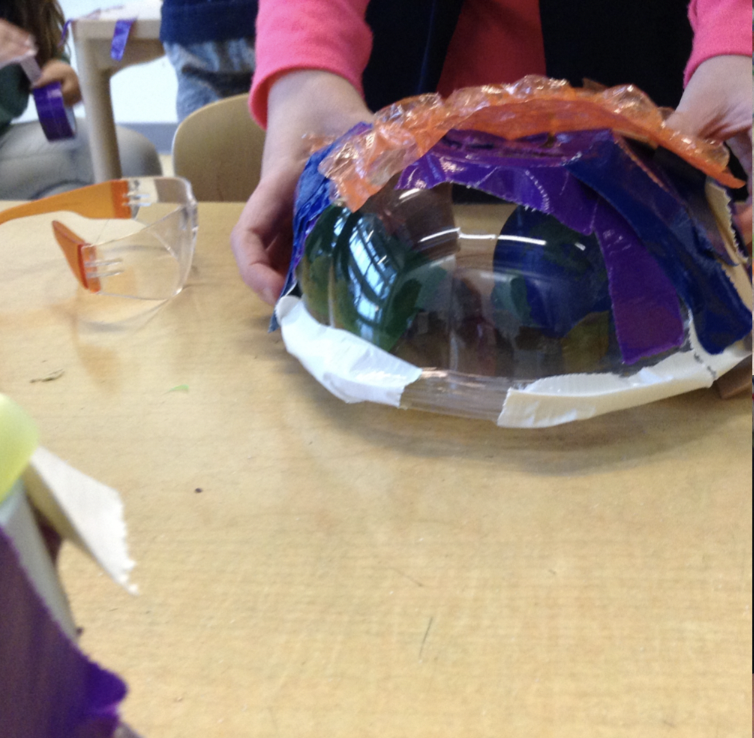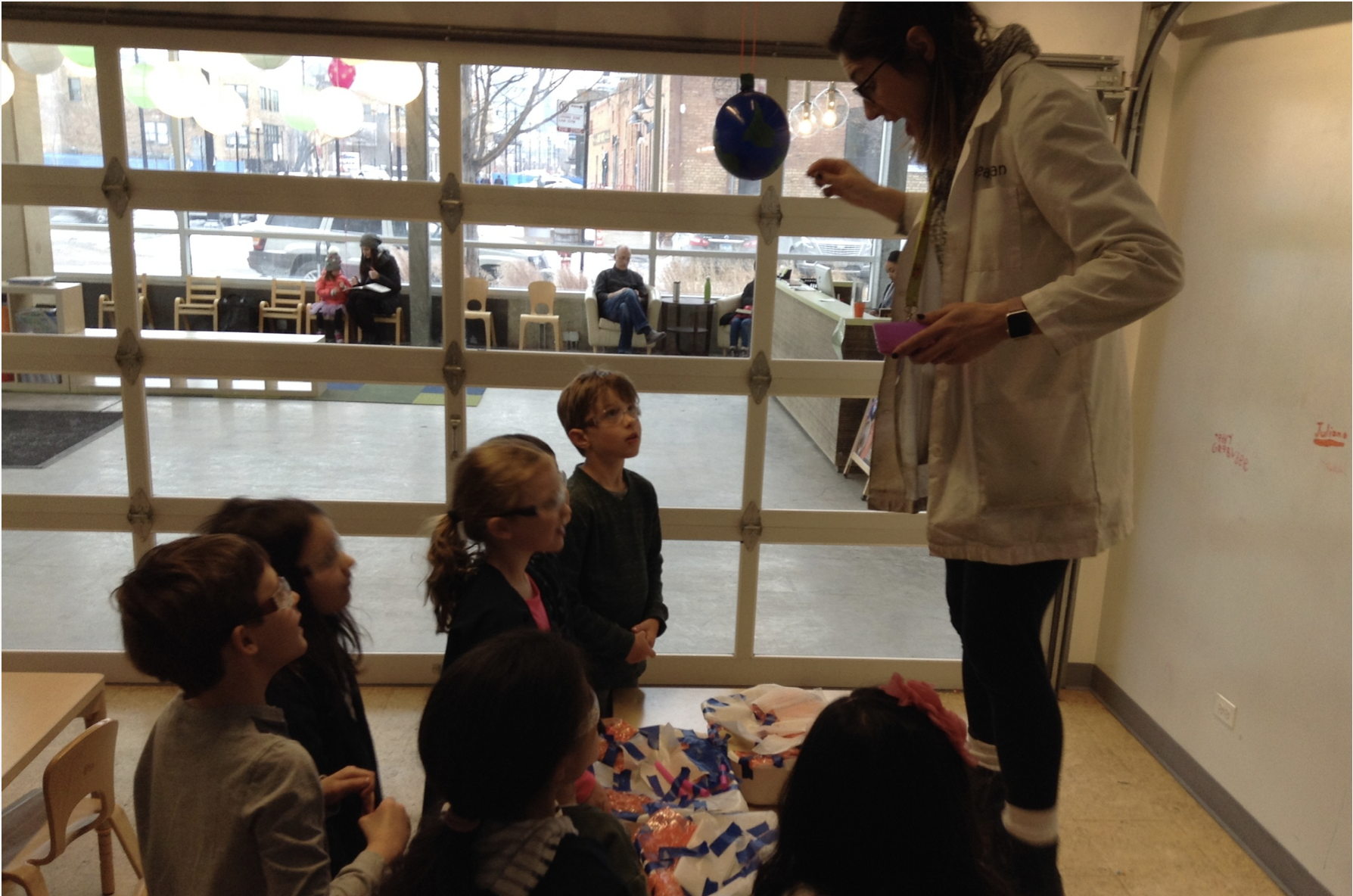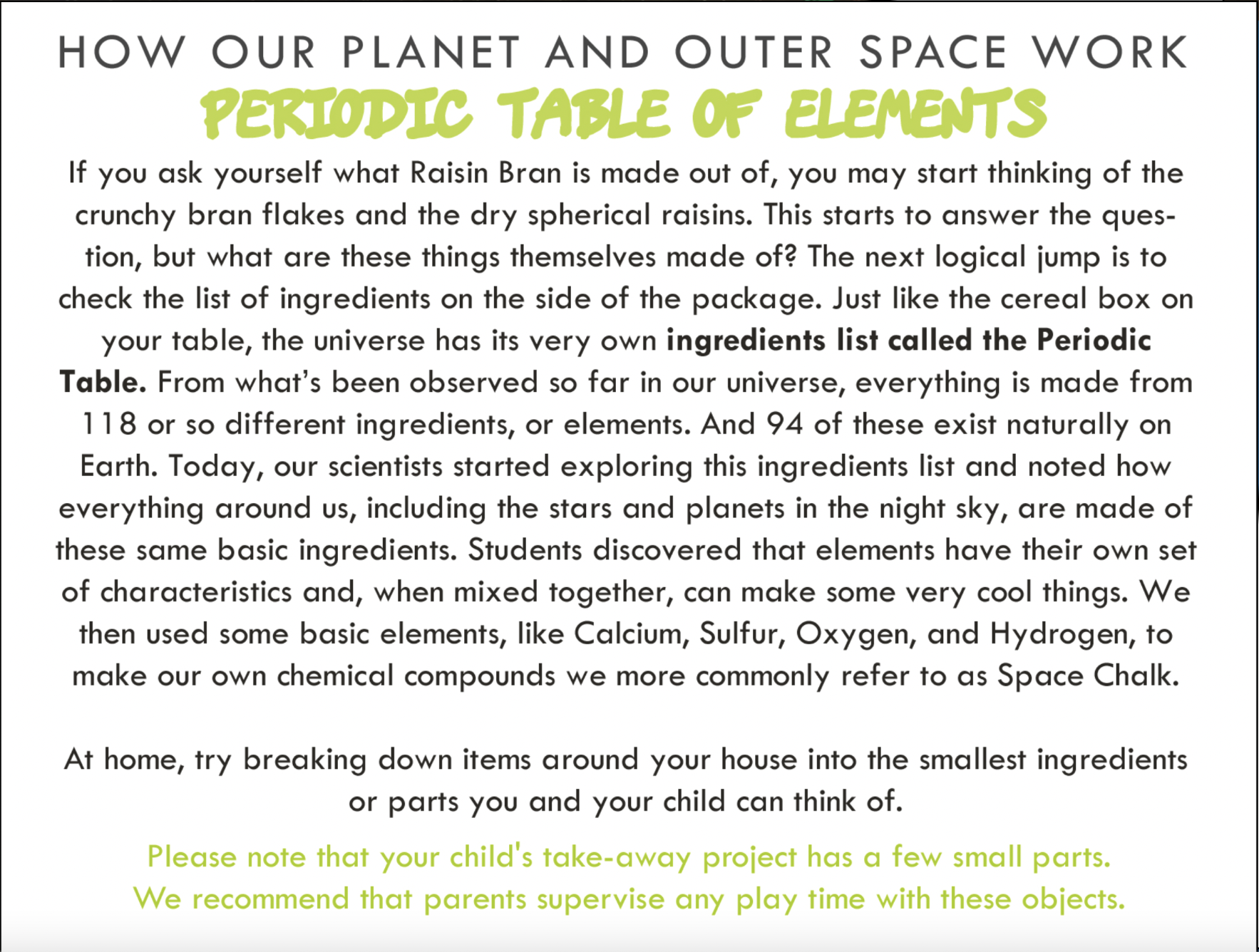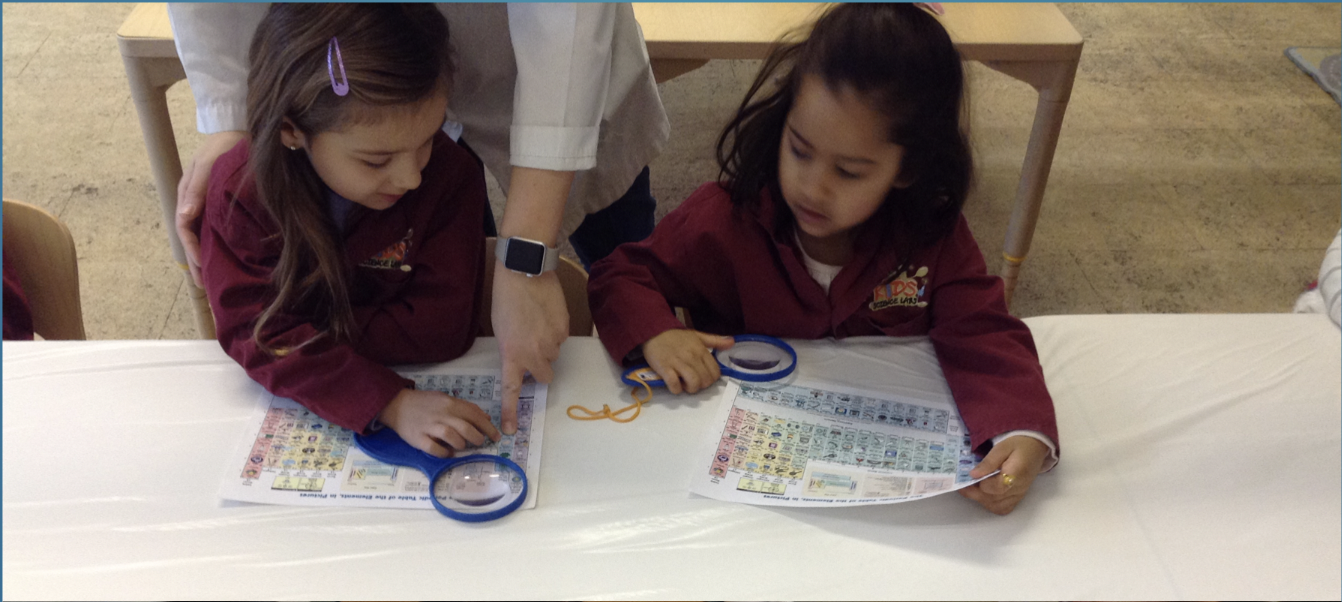Investigating what’s inside pens, markers, and other writing utensils helps students explore that every pen has a purpose and is designed to achieve that purpose.
Day 3 - The Atmosphere That Protects The Earth
Kids played with and tested materials in order to create an atmosphere that will protect their earth
Today, students had fun with the question of, what protects a planet from falling rocks? We discussed how our earth has a protective shield called an atmosphere and how it has the same job as a helmet. Students then had the task to protect their own earth balloon with a protective atmospheric layer. They were given a variety of materials to do so and made their own decisions based on what they thought would provide the most protection and safety. For the final test various dense objects were dropped onto their atmospheres to see if they were as strong enough to withstand large forces.
Kids go through a test to see if their atmosphere is strong enough to protect their earth
Your child may come home with an atmospheric shield that they used to protect their planet from fast moving, dense, objects.
Day 2 - Elements and Tools for Space
Kids learn that everything in the universe is made from the elements in the periodic table.
We discussed the elements that are on the periodic table and used our magnifying glasses to get a better look at them. We took the time to talk about what some elements are used for and where you can find them in your every day life. Students also combined the elements they learned about to make a space chalk that could be made in a variety of ways. Glow in the dark, hard chalk, soft chalk, chalk that might glow under uv rays etc. As ingredients, calcium sulfate is commonly called “plaster of Paris”, and students added elements like aluminum (glitter), strontium aluminate (neon glow powder), and tempera paint/food coloring, to design their own space chalk to their specifications.
Kids learned more about mixing the elements and the chemical compounds they create, like brittle neon space chalk.
Your child likely came home with one or more types of calcium sulfate space chalk and as shown below, some students got the chance to also design some space tools that would have been useful in space travel.














